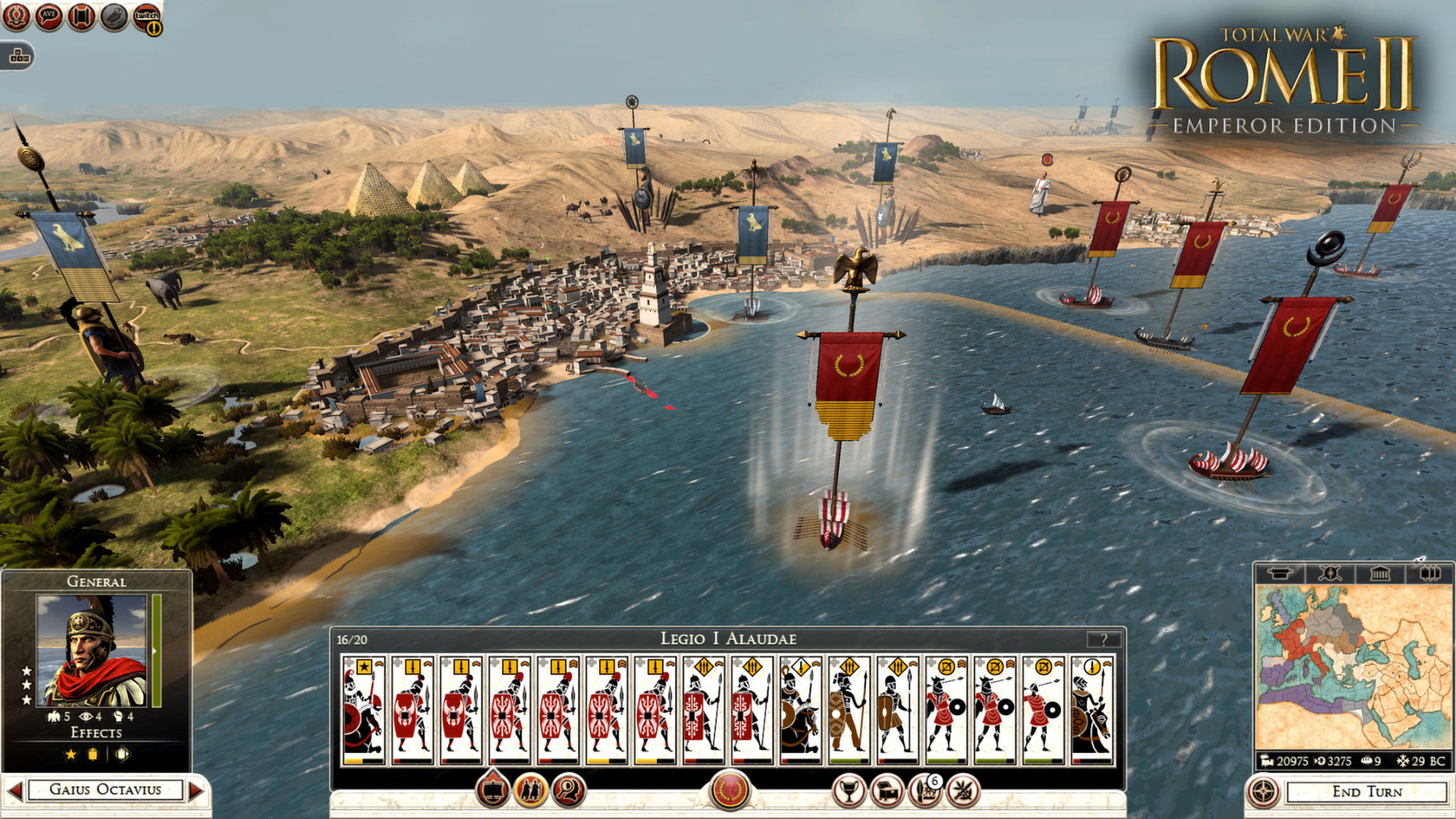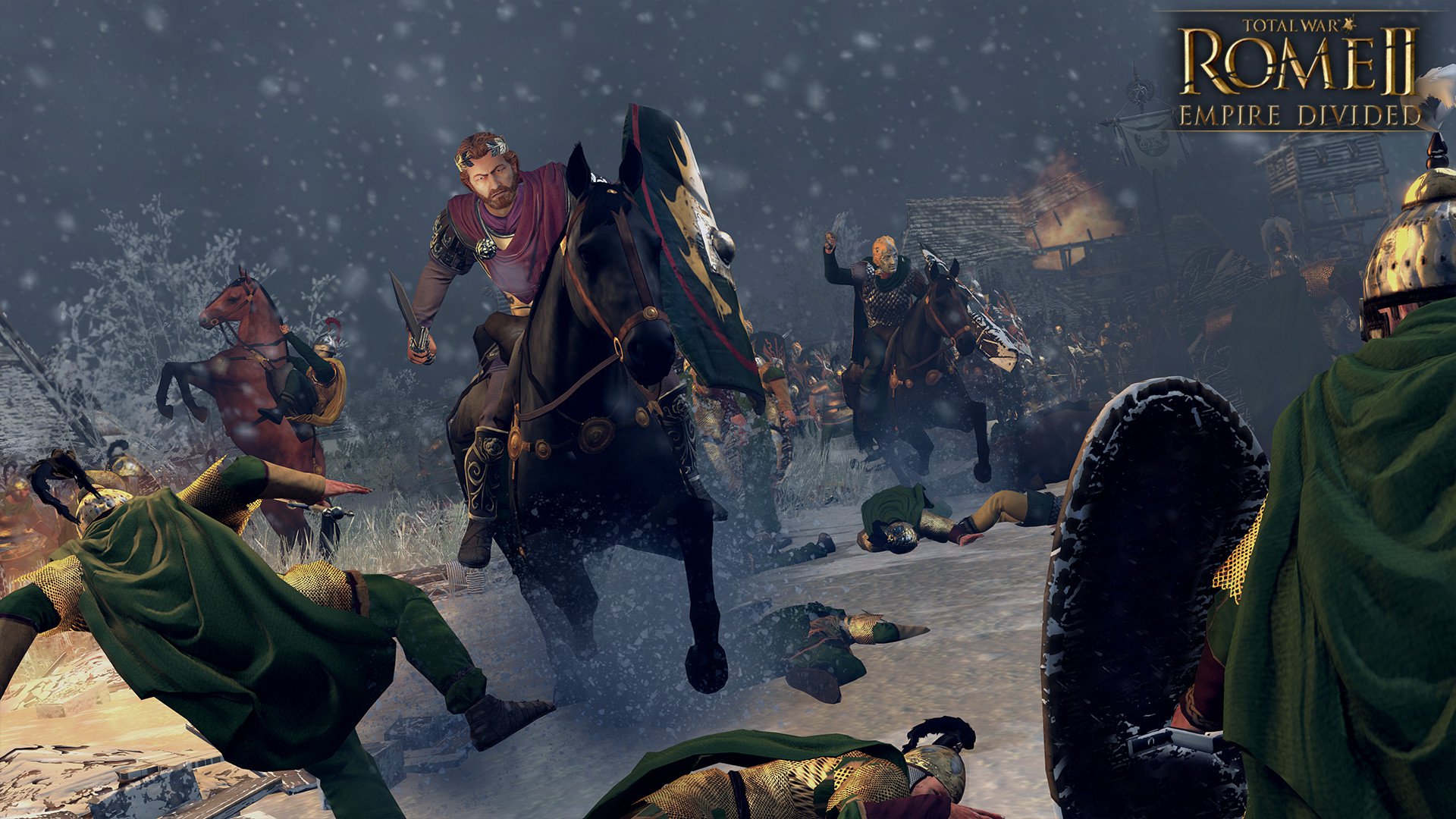

Romans start full of allies, but also surrounded by nearby enemy tribes, while those very own enemy tribes also start with their own rivals and the looming threat of a large empire at war with them. On the turn-based side, the actual campaign takes a page out of Attila and places every major faction in a somewhat dangerous position. The new Roman units are quite different from the Grand Campaign legionaries and maniple troops, offering an interesting degree of variation to what was once a pretty straightforward arrangement. Thankfully, those grubby Total Warhammer hands didn’t changed Rome II‘s excellent battles, and clashes remain engaging, tactical affairs instead of the MOBA-like “over in a minute” conflicts of Warhammer. Choosing to build a cult building is tantamount to embracing that religion, and removing it becomes quite expensive as it amounts to state persecution. Plagues cause attrition and are fought by sanitation, while banditry acts as a food deficit and can be fought by some of the expansion’s new buildings.Īlso added is the concept of cults, which work as representatives of the religion and can cause unrest or public order while bringing in massive benefits. Regardless of your government type, you will have to deal with banditry and plagues, two new mechanics that sound interesting, but are little more than administrative busywork. No longer will the whole map rebel against you if a civil war erupts, and you will be able to bring about your dreams of dictatorship by creating an empire out of the ashes of a republic.

It revamps Rome II’s existing political system (bar Caesar in Gaul’s) by adding character missions, reasonable Civil Wars, and a surprising government type option.
#ROME TOTAL WAR 2 DLC UPDATE#
Those changes are actually not part of the DLC, but of a free update called Power & Politics that launched alongside Empire Divided. Even better, armies and legions themselves also had a minor update to their skills, making it considerably easier to see what bonuses a particular tree will bring. However, Empire Divided‘s generals and agents have had their skill trees overhauled, and the player can now customise and specialise their characters in the disciplines of Recruitment, Combat, Strategy, Governance or Maritime Proficiency.

This change, clearly brought about by the success of Total War: Warhammer, actually takes precedent from the excellent Napoleon: total War where some named characters could only be incapacitated and the highly linear nature brought about specific static events. The other five non-heroic factions round up the lot to make up a total of 10 playable groups from five cultural groups. Those “main” factions possess more elaborate victory conditions, unique named leaders who cannot die in battle (such as Aurelian, Postumus, and Queen Zenobia) and unique event-chains that affect character’s abilities and faction-wide bonuses. On one side of the ring, we have the five “Heroic Factions”, three of which are the Roman ones: Aurelian’s Rome, the Gallic Empire, and Palmyra. Unlike Rome II’s or Shogun II’s grand campaigns where you lead cultures to glory, the DLC almost asks you to choose a leader more than a faction. *Please note, ROME: Total War Collection is only playable on Windows.As usual with the smaller Total War campaigns, Empire Divided focus more on people than empires. A whole new agent type has also been added to the fray Merchants can be sent all over the world to create trade links, access resources and buy out rivals to increase your income and assert your faction’s economic power. In a first for Total War, you can now take your favourite faction to battle against friends in cross-platform multiplayer between Windows, macOS and Linux. Players can now expand their armies and experience 16 additional factions that were previously locked, giving a grand total of 38 playable factions. In Battle, the new tactical map, unit displays and range markers give you greater command over Rome’s battlefields. Heat maps and new icon overlays have been added for gameplay mechanics such as diplomacy and security.

The in-game camera has been enhanced, including map rotation and wider zoom level in Campaign mode. ROME REMASTERED includes a host of modern features and improvements to existing mechanics. ROME REMASTERED brings the classic Rome visuals up to date, with 4K optimization**, ultra-widescreen and native UHD resolution** support. This visual upgrade extends across a multitude of features, including re-modelled buildings and objects, and environmental effects like dust clouds and heat haze. The refreshed campaign maps also boast new high-resolution models, and units have been remodelled and retextured to look their very best on the battlefield. ROME REMASTERED includes the Alexander and Barbarian Invasion DLCs, as well as a copy of the original ROME: Total War Collection* if you don’t already own it.


 0 kommentar(er)
0 kommentar(er)
